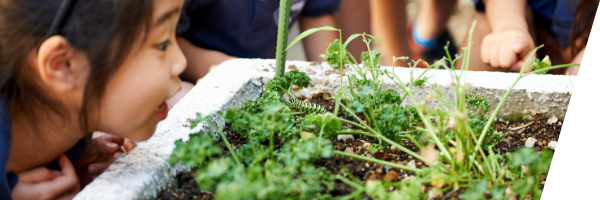
Curriculum
Approach

One aim of an international education is to develop a global citizen with 21st century skills, creativity, collaboration, and critical thinking.
NWIS provides a comprehensive approach, STEAM and Project Based Learning , to build and teach those skills.
STEAM Education is an approach to learning that uses Science, Technology, Engineering, the Arts and Mathematics. STEAM is about exploring the world around us and asking questions about how or why something works.
At NWIS, children are exposed to STEAM education in order to develop a strong foundation for future learning.
Teachers treat each child as an individual with his or her personality and development style. Using a variety of teaching methods, we adapt and are able to cater to all learning styles and respect the differences in your child.
NWIS Curriculum
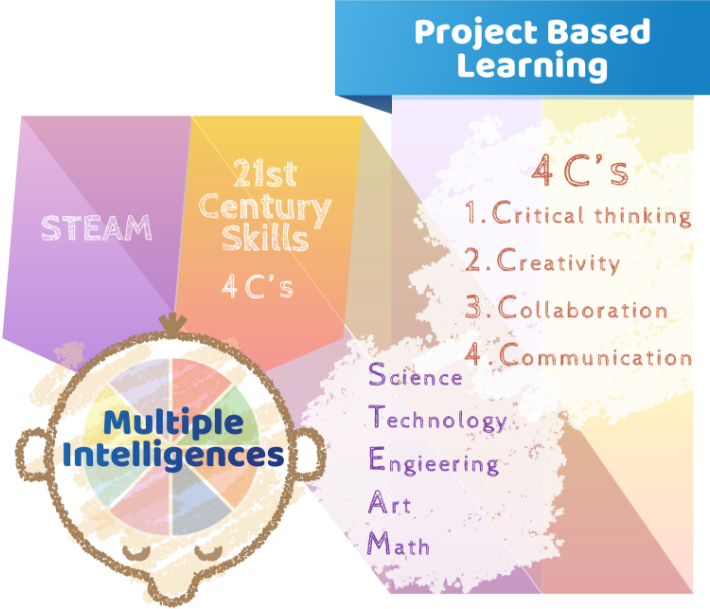
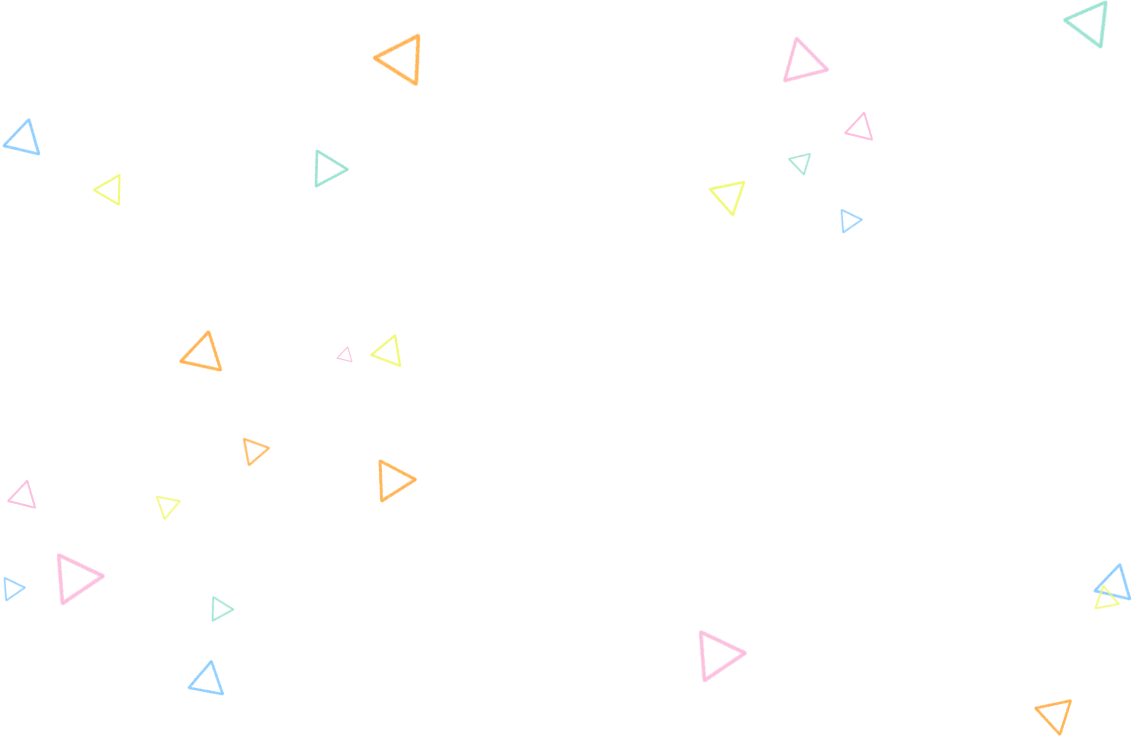
私たちのゴールはグローバル社会を舞台に活躍できる21世紀型スキルを持った人を育てることです。自分の意見をしっかり持ち、考える力(Critical Thinking 論理的思考力、問題解決能力) 、それをみんなで共有できるコミュニケーション能力(Communication、Collaboration コラボレーション能力)物事を多面的にとらえ創造力を発揮して解決に導く力(Creativity)の基礎を育てます。
これら4Cのスキルを伸ばすためにNWISではSTEAM 教育※とProject Based Learningをカリキュラムの柱にしています。
NWISでは子どもたちはSTEAM・Project Based Learningを通して周りの世界を探検し、疑問を見つけ、体験し、自分で学び理解して自分で学ぶ自分で解決すること学び取って欲しいと願っています。
※STEAM教育とはScience(科学)、Technology(技術)、Engineering(ものづくり)、Art(芸術)、Mathematics(数学)を横断的に学び、グローバル社会に適応した人を育てる教育
Project
Based Learning
探求型学習
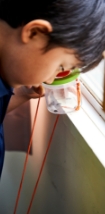
encourages students to
実習やプロジェクト形式の授業のなかで、
主に3つを意識して学びます
-
 Be active learners自発的に学ぶ
Be active learners自発的に学ぶ -
 Connect to real world身の回りの状況と関連づける
Connect to real world身の回りの状況と関連づける -
 Build good study habits積極的に学ぶ習慣をつける
Build good study habits積極的に学ぶ習慣をつける
Each project is typically carried out in phases.
![]()
プロジェクトは目的をもった
フェーズに分けて進めます
-
Phase 1Picking a topic to work withテーマを決める
-
Phase 2KWL ChartsKWLチャートで現状の知識を共有
-
Phase 3How are we going to learn?学ぶ方法を決める
-
Phase 4Organizing information学んだことを整理
-
Phase 5Wrapping up the projectプロジェクトのまとめ
In case ofOur Bugs Project
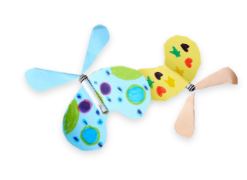
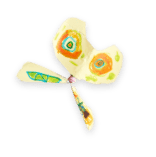
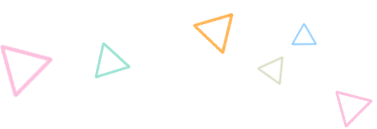 STEP 1
STEP 1
At the beginning of the project the children's collective knowledge was recorded on a big piece of paper. The children were asked what they knew about bugs, where bugs live and how they felt about bugs. The result was a big web about the topic. This activity is also known as 'knowledge harvest'. The knowledge harvest may give a direction as to where the exploration of the topic will be going.
始めに子どもたちがテーマについて知っていることを話し合います。昆虫についての知識、どこに住んでいるのか、特徴を話し、昆虫についての考えなどを大きな紙に書きだしました。「知識の収穫」をすることによってプロジェクトの方向も決まります。

 STEP 2
STEP 2
The children were encouraged to bring bugs they keep as a pet or could find around the house. In a show-and-tell session they could see the creatures up close and share their knowledge.
子どもたちはそれぞれペットの昆虫や捕まえた昆虫を持ってきてみんなの前で発表し、ほかの子どもたちは質問をして知識を深めていきます。

 STEP 3
STEP 3
In the school garden the children observed caterpillars. They noticed and recorded different stages of the caterpillars' growth in writing.
スクールの花壇でキアゲハの幼虫を観察し、記録をしていきます。

 STEP 4
STEP 4
During the transition stage of the pupa, the children made mechanical butterflies. It was a good fine motor skill exercise of looping a rubber band, pulling it through a tube and securing it with a small piece of wire. The result was a rubber band powered butterfly that could actually fly!
プロジェクトの一つとして空飛ぶちょうちょを作りました。輪ゴムとワイヤーを使って細かい作業でしたが頑張って作り、デザインをして公園で飛ばしました。


After 10 days a butterfly had hatched from the cocoon. The children observed it and set it free! The children had successfully raised a butterfly.
ついにさなぎから蝶が孵りました。みんなで観察してから外に逃がしました。

 STEP 5
STEP 5
The children watched a video about how to recognize an insect and its body parts. Then the children painted a schematic picture of a butterfly and labeled various body parts, that marked the end of the project.
昆虫の特徴をビデオで学び、グループワークで大きな蝶を描き、ボディーパーツを記入してプロジェクトは終了となりましたが、子どもたちの興味は尽きないようです。

